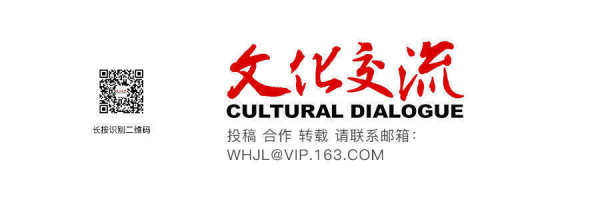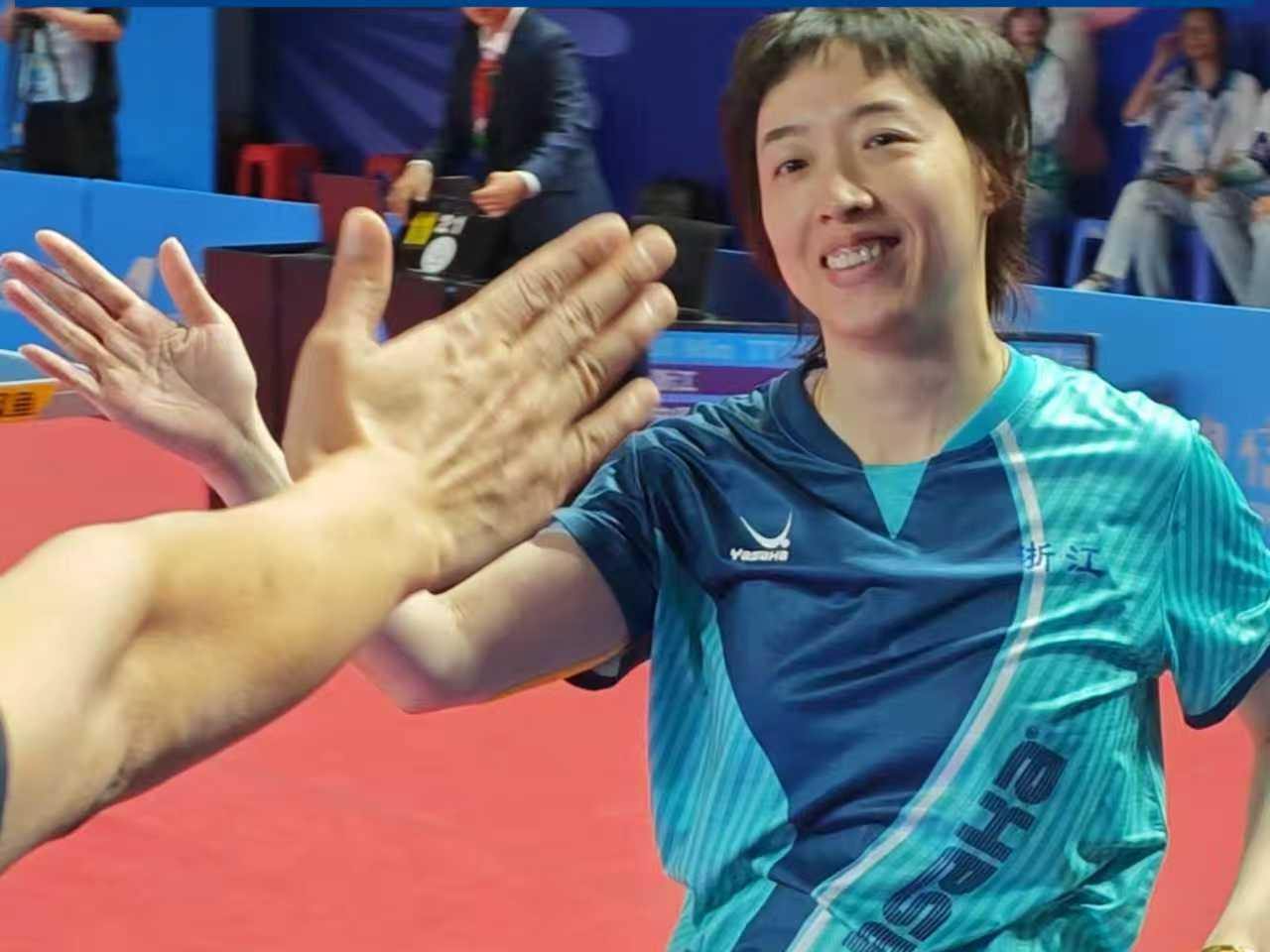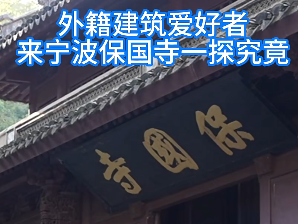
A façade view of Jiayetang Library
Jiayetang Library was set up in Nanxun by Liu Chenggan. His grandfather Liu Yong was one of the richest men in the canal town in northern Zhejiang with assets worth more than 10 million silver dollars. After he became the family head, Liu Chenggan began to buy books and build up a collection of books. With his deep pockets, Jiayetang became number one private library in Zhejiang. In its prime time from 1925 to 1932, the library boasted a collection of 300,000 books.
He started building up a book collection after he visited a world expo in Nanjing, capital of Jiangsu Province in June 1910. The world event attracted more than 300,000 domestic and international visitors and lasted for six months. He bought a great number of books at the expo and shipped them back home in Shanghai. After hearing of the generous and enthusiastic book buyer, book sellers and collectors flooded to Shanghai and tried to sell books to the grandson of a multimillionaire. He not only bought books from publishers but also from book collectors. A great number of ancient books from dozens of private collections came into Liu’s possession. He amassed a huge collection in ten years. In order to preserve the rare and fine editions of ancient titles and house his huge collection, he bought a 1.3-hectare property by the family temple in Nanxun and had Jiayetang Library built.
What made Liu Chenggan and Jiayetang Library stand out is that Liu published books using the ancient technology known as block printing. In the 24 years of the printing project, Jiayetang published 184 titles. The books were made and produced in Shanghai, Beijing, Nanjing, Yangzhou and Wuchang. One of the most outstanding characteristics of the books published by Jiayetang is the large-size font. The best known books published by Jiayetang are four history books whose blocks were made on the basis of original editions published in the Song Dynasty (960-1279).
The legacy of this ambitious project is 150,000 carved blocks now well preserved at Jiayetang in the custody of Zhejiang Library. The blocks have been well utilized. In June 1946, 11 titles of ancient books were reprinted by Zhejiang Library in partnership with Hangzhou Ancient Bookstore and Jiangsu Guangling Ancient Book Publishing House. In August 1980, 207 titles were reprinted based on 56,000 blocks of Jiayetang by Zhejiang Library in conjunction with Beijing Cultural Relics Press. In October 1980, 20 titles were reprinted using 37,000 blocks of Jiayetang. In October 2000, Zhejiang Library and Zhejiang Baohuazhai Press jointly reprinted using over 2,000 blocks.
Jiayetang began to disintegrate in 1934. After the all-out invasion of Japan, the fall accelerated. In 1937, northern Zhejiang was occupied by Japanese invaders. Jiayetang shut itself down and only a few people were left to look after the library. After turning down the request of military protection on the part of Japanese invaders, Liu Chenggan secretly shipped about 30,000 volumes of fine-edition ancient books to his house in Shanghai. These books were valuable because a majority of them were printed in the Ming Dynasty and the rest were printed in the early Qing Dynasty. For those that couldn’t be conveniently relocated, first volumes were removed and hidden.
During World War Two, about 65 percent of the buildings in Nanxun were destroyed, but Jiayetang somehow remained miraculously intact. Liu Chenggan had to sell some books. During the war, he sold 1,200 books printed in the Ming Dynasty and 30-plus manuscripts to the Central Library. Unfortunately the books were seized by Japanese Occupation Army in Hong Kong when the books were on their way to Chongqing. The books were shipped to Japan. After the war, the books were sent back to China. In 1949, they were transferred to Taiwan.
During the war period, Liu Chenggan also sold about 400 titles printed in the Ming Dynasty to a private collector. This batch is now in the ancient book collection of Zhejiang University. All the books are fine editions.
The war cast the private library into a sharply downward trajectory. In 1949, the People’s Library Army crossed the Yangtze River and battled its way to Shanghai. In light with the instruction of Zhou Enlai that PLA should protect Jiayetang in Jiaxing and Tianyige in Ningbo, a platoon of PLA soldiers were stationed at Jiayetang. Chen Yi, the commander of the PLA army besieging Shanghai, visited the library on his way to the frontline.
After the founding of the People’s Republic in 1949, Liu Chenggan’s business was not as profitable as before. He needed cash and therefore sold more books. The library of Fudan University in Shanghai purchased three batches of books from Jiayetang. In 1958, a bookstore in Beijing and a bookstore in Tianjin bought some ancient books from Jiayetang.

An inside view of Jiayetang Library
The fall of Jiayetang within a period of 50 years is understandable. First of all, time changed so much that private libraries like Jiayetang became outmoded and therefore were replaced by modern public libraries. Then, Liu Chenggan was largely engaged in business. He stopped buying books in the 1930s, not being as enthusiastic as before. The library wasn’t operated well. From 1925 to 1935, the library was well managed by a full range of employees. Then the library was left as it was and there was nearly no management.
Jiayetang saw a boom decade from 1925 to 1935. The rise and fall of the private library within 50 years is regrettably short. Scholars say the private library had some imperfections, but it is a key chapter in the history of private libraries in China in modern times. Jiayetang was the biggest private library in China in the 20th century, much bigger than its predecessors in the Qing Dynasty and bigger than its contemporary counterparts. Liu Chenggan stood out from other private book collectors essentially because he built up a collection of books from a wide range of sources whereas most of his contemporary private bibliophiles collected books printed only in the Song and the Yuan dynasties. The Jiayetang collection preserved a great number of books. Take the poetry and essay anthologies in his private collection for instance. Though these books were not particularly valued in his time, some of them are now notably the only existing copies in the world.
Liu was an open-minded publisher. He never shut his library to anyone. He not only let scholars copy books at his library but also published a great number of books.
In particular, he published some books banned by the Qing government. Lu Xun, presumably the most important and influential writer of the 20th-century China, once commented that he was thankful to publishers like Liu Chenggan for the knowledge he acquired from the books Liu published. On another occasion he said only publishers like Liu Chenggan would publish such books and therefore he was by no means a useless person.





